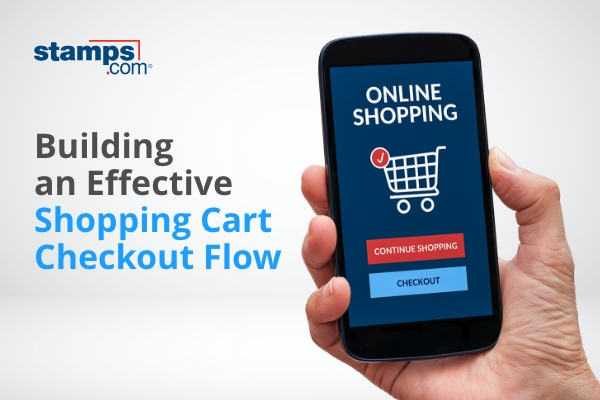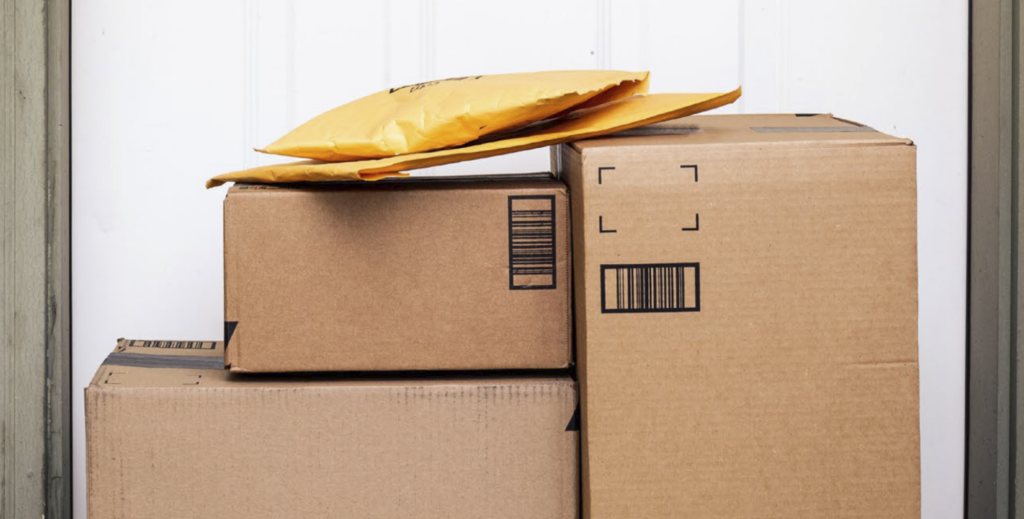Best Practices for Shipping Toys and Holiday Gifts

Say you need to ship gifts, like a stuffed animal, a new action figure, or a battery-operated toy car. Easy enough, right? Now, picture this. Your customers go to open their gifts, but the stuffed animal has a cracked eye, the action figure is broken, and the car arrived late because the batteries weren’t properly documented.
While these are worst-case scenarios, shipping faux pas are possible. Shipping toys may seem straightforward, but there are several packaging requirements and recommendations to be aware of. That’s why we’re giving you the gift of the best practices for shipping holiday toys. Who knows? Santa might even learn a thing or two.
Ship toys from anywhere at any time with the Stamps.com Mobile app.
How to ship stuffed animals
Stuffed animals are made to be hugged and squeezed. The downside is, that makes them more vulnerable to being squashed in transit. We recommend shipping stuffed animals in boxes as opposed to envelopes to avoid any tearing or other forms of destruction. This box should be big enough for the toy but shouldn’t be oversized. Any extra space should be filled with environmentally friendly cushioning materials.
We also recommend wrapping your plush in bubble wrap. Some have glass or plastic eyes that could be cracked or scratched throughout their journey. The risk for damage doesn’t stop in transit though. When your package arrives, it may be opened with a box cutter or scissors. Including extra padding will prevent your stuffed animal from suffering any damage at the hands of sharp objects. Lastly, if you plan to use a sealed bag or shrink wrap, clearly mark it with a suffocation warning label for safety purposes.
How to ship action figures and boxed collectibles
Action figures, Vinyls, and other collectibles come pre-packaged. However, we still recommend shipping them in boxes. Like with stuffed animals, the box should only be slightly larger than the item itself, and any spaces should be filled with cushioning material.
If the products are breakable or have fragile parts, mark the shipment accordingly. Use orientation arrows to show carriers how the package should be handled, and label the shipment as fragile on the outer packaging. Some of these items only have a limited release or aren’t readily available, so it’s crucial to keep them in the best possible condition.
Stock up on shipping supplies in the Stamps.com Store.
How to ship batteries
Some of the most important gifts you can give this holiday season are batteries. They keep remote-control cars racing, robots walking, and dolls talking. However, there are some carrier requirements for shipping batteries to keep in mind. These guidelines and restrictions will vary by carrier, and there are different criteria between domestic and international shipping. We recommend reaching out to your carrier of choice directly with any questions you may have.
International restrictions
International shipping restrictions and guidelines may differ from domestic shipping restrictions. For example, NERF blasters can’t be shipped to the UK, and non-wooden toys can’t be shipped to Italy. Understanding these restrictions before shipping your package prevents lengthy delays, returned shipments, and potential fees. International shipping restrictions may differ from carrier to carrier, so contact your carrier before shipping any products.
Shipping toys safely with Stamps.com
Shipping deadlines are getting closer by the day, meaning there’s less time to guarantee packages will arrive for the holidays. Without the option to send a replacement gift, how can you ensure packages arrive safe and sound? Stamps.com customers can enable Ship Notification Emails, so recipients know when shipments are arriving. You can even customize Branded Ship Notification Emails to showcase your logo and highlight any holiday deals. Stamps.com shippers can also resend tracking information via email whenever needed/available. These emails help customers make arrangements if they’ll be away when packages arrive or can’t bring them inside upon delivery.
While the holiday season does bring cheer and goodwill, it unfortunately also brings an increase in package theft. Tracking may help customers plan for delivery, but sometimes, there are circumstances outside of everyone’s control. That’s why it’s always better to plan ahead with shipping insurance. Some carrier services include coverage, but shipping through Stamps.com gives you the option to add more insurance with our partner, ParcelGuard™. ParcelGuard™ works with all of our offered carriers, and they’ll handle any claims, regardless of the carrier you used.
Tips for shipping toys
- Enable notification emails and resend tracking information whenever needed.
- Ship products in boxes that are slightly larger than the item but aren’t oversized.
- Purchase additional insurance for high-cost or limited-edition items for more coverage.
- Fill any gaps between your toy and the box with cushioning materials to prevent movement.
- Reach out to your carrier about international shipping restrictions and battery guidelines before shipping.
- Mark fragile items as such and use orientation arrows to show carriers how the box should be placed.
It may be the season of giving, but that doesn’t mean you should give yourself unnecessary shipping stressors. Action figures and stuffed animals may come with fragile or breakable parts. But, as long as you package them with additional cushioning and wrapping, they’re more likely to make it through transit unscathed. Batteries may require documentation, but carriers provide online resources and can answer any questions you may have. The same goes for international shipping. When it comes to shipping toys, action figures, and accessories like batteries, it may require a little extra effort. However, the joy these items bring is worth it, and your customers will appreciate the thoughtfulness.
Give yourself the gift of a risk-free trial to Stamps.com.


